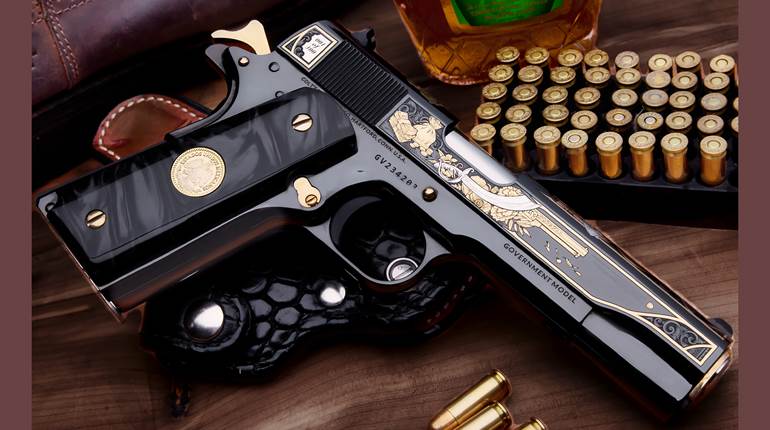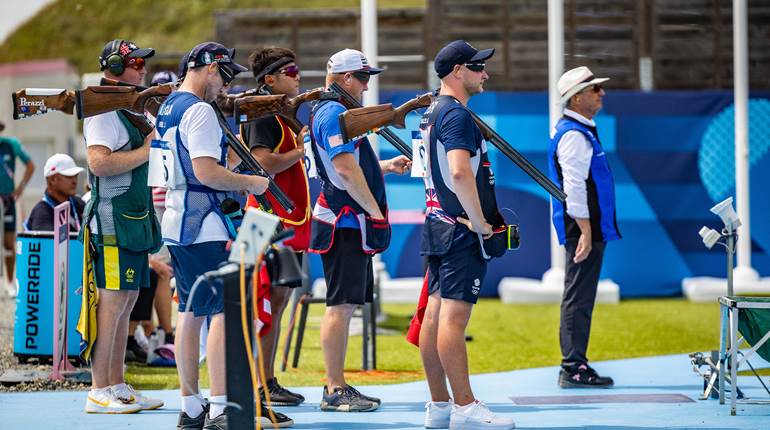
In a tough year, and make no mistake, 2019 promises to be a tough year for gun manufacturers, it’s often believed that an innovative product can be enough to get you through as a company. Today, that is not the only criteria; affordability is playing more and more of a role, too. 
Among the new guns presented in our staff report “Race To Innovation: New Guns & Gear 2019” in the April issue of American Rifleman is the Taurus TX22 striker-fired .22 Long Rifle, semi-automatic pistol. I had the opportunity to shoot this gun in prototype form last year, and I think this pistol will be a big deal. Not only did the gun run like a sewing machine, even in prototype form, it symbolized a new approach to a market segment that is growing. Did I mention affordability? It will be priced at $349 retail. The company is committed to designing and building guns in the United States, and what is more American than a .22 pistol made right here?
My, how conditions can change in just a few short years. Not that long ago, .22 Long Rifle ammunition was scarce on dealer shelves. If you wanted it from the big box stores, you had to know when the truck was coming. Then you had to wait in line. The end result was that pricing for .22 ammunition fluctuated wildly, and affordable ammunition was scooped up by speculators. And then the price would go up from there. This resulted in quite a few otherwise very fun and interesting .22 platforms no longer having a place at the gun shop counter. Guns that relied on affordable .22 ammunition for their existence, well, ceased to exist. Guns such as the semi-automatic Uzi carbine and the H&K MP5 .22 ended up discontinued and offered at bargain prices from CDNN Sports. I got mine.
It now appears that the .22 crisis has been resolved. The big rimfire ammunition makers have increased efficiency and capacity, and there’s no inflated demand. That is why the time is right for a gun like the TX22.
You have to look at the variety of .22 pistols that are offered today. There have been guns that are versions of classics, i.e., the High Standards in their various guises and manufacturers’ names, then there are replicas of full-size pistols in .22, often made by Umarex in Germany regardless of whose name is on the gun, and then there have been guns such as the SIG Mosquito and Walther P22, almost the same size as full-size center-fire pistols, but affordable to buy and shoot. The most obvious example of a gun in this class today is the Smith & Wesson M&P22 Compact, which is made here in the United States.
The TX22 is neither fish nor fowl; it does not look like any existing design, yet its lines are modern. It does not look like it is a .22, specifically.
The TX22 has excellent ergonomics in its polymer frame and a good trigger—a single-action trigger breaking at about 5 lbs. It also has adjustable sights. This is a gun that may not be on the podium with the winner at Camp Perry, but can serve as an introductory competition gun, as well as just being fun to shoot. The fact that its standard-capacity magazine holds 16 rounds will help it as well.
These days, I probably shoot more .22 than any other handgun cartridge. And I use it to teach other people to shoot, which is something that I do quite often. It’s affordable, there’s no recoil, and it passes on the fun of the shooting sports. Yet, those same guns that are used to teach others, including a Colt Woodsman, a few Rugers (ranging from a 1949 original to the MK IV) and even a Walther PP, are guns that I just like to shoot. And isn’t that what a trip to the range is supposed to be all about, anyway?




































